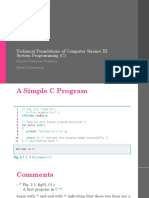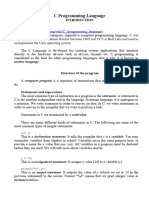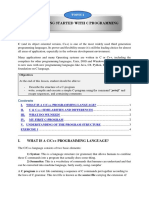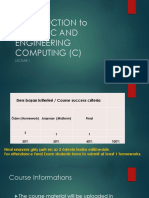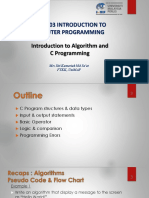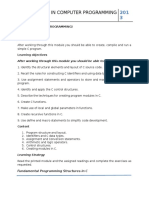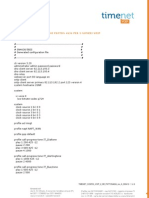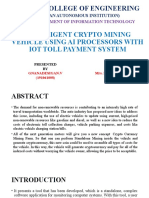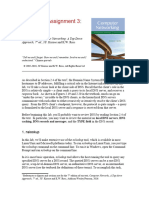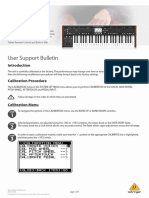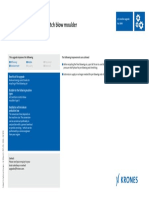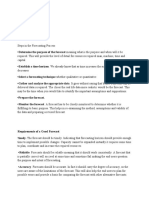0% found this document useful (0 votes)
138 views25 pages2 Basic Concepts of C Language
This document provides an overview of basic concepts in the C programming language for ELC 111: Computer Programming I. It covers topics such as comments, preprocessor directives, functions, output statements, escape sequences, and more. The document uses examples of simple C programs and errors to demonstrate concepts like variables, data types, and identifiers.
Uploaded by
Áhméd YasserCopyright
© © All Rights Reserved
We take content rights seriously. If you suspect this is your content, claim it here.
Available Formats
Download as PDF, TXT or read online on Scribd
0% found this document useful (0 votes)
138 views25 pages2 Basic Concepts of C Language
This document provides an overview of basic concepts in the C programming language for ELC 111: Computer Programming I. It covers topics such as comments, preprocessor directives, functions, output statements, escape sequences, and more. The document uses examples of simple C programs and errors to demonstrate concepts like variables, data types, and identifiers.
Uploaded by
Áhméd YasserCopyright
© © All Rights Reserved
We take content rights seriously. If you suspect this is your content, claim it here.
Available Formats
Download as PDF, TXT or read online on Scribd
/ 25

